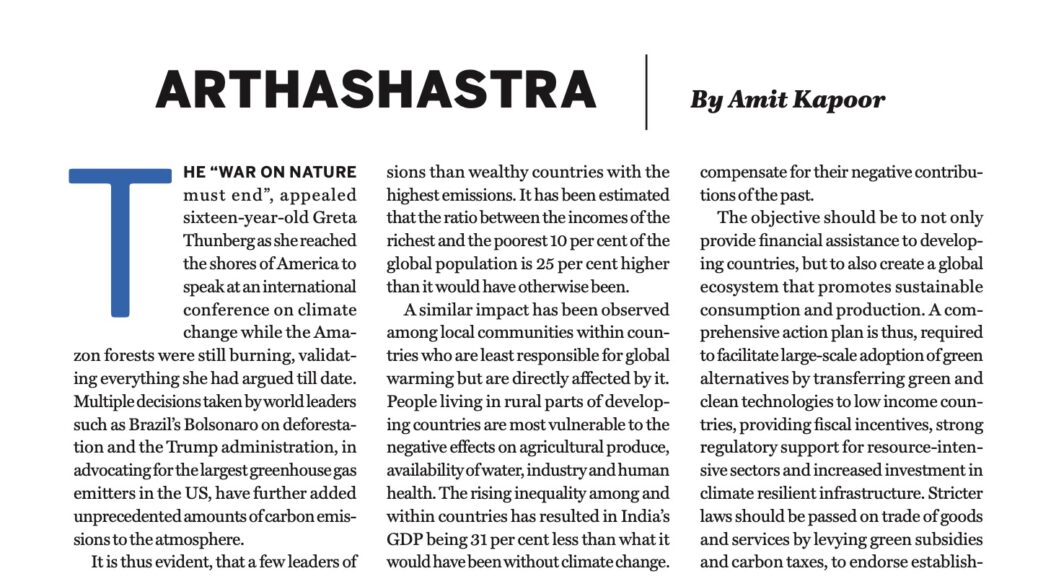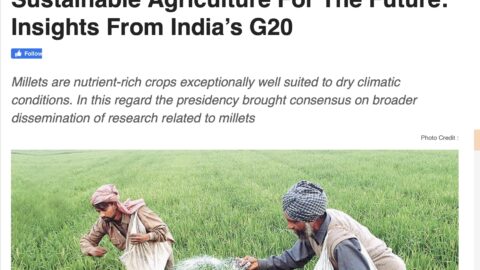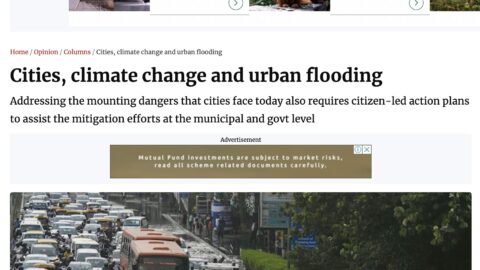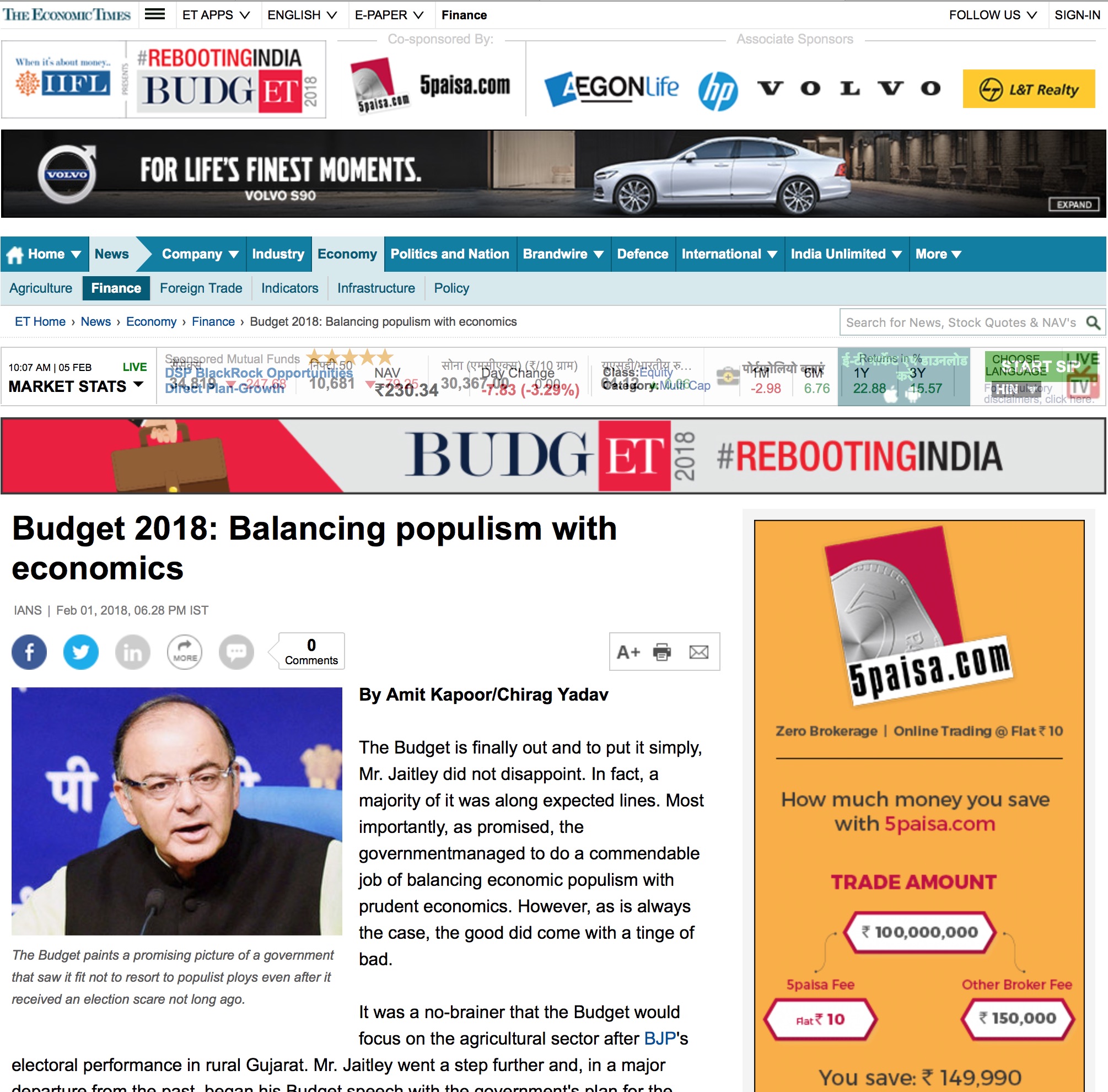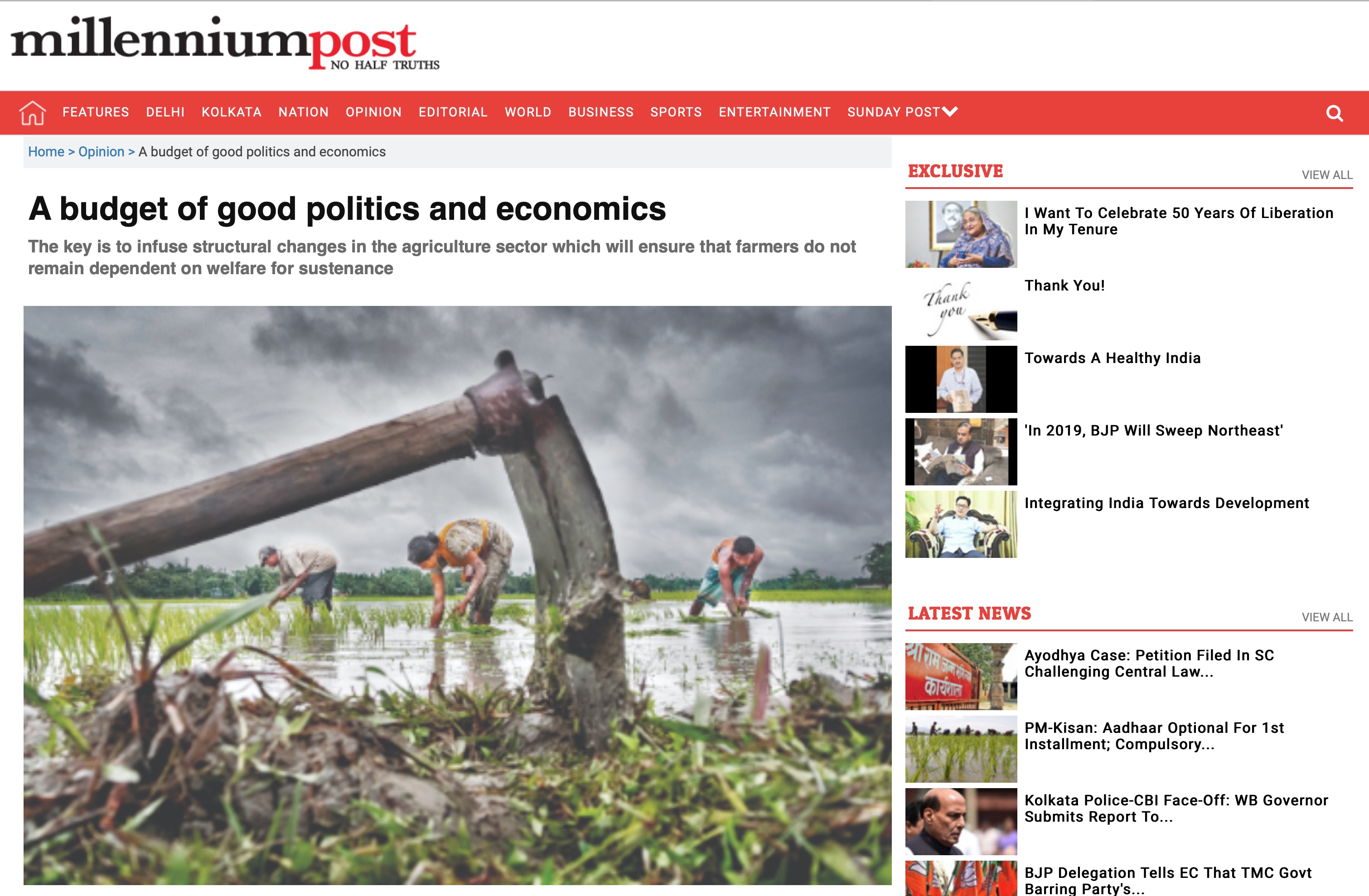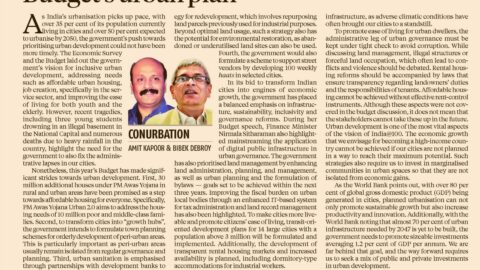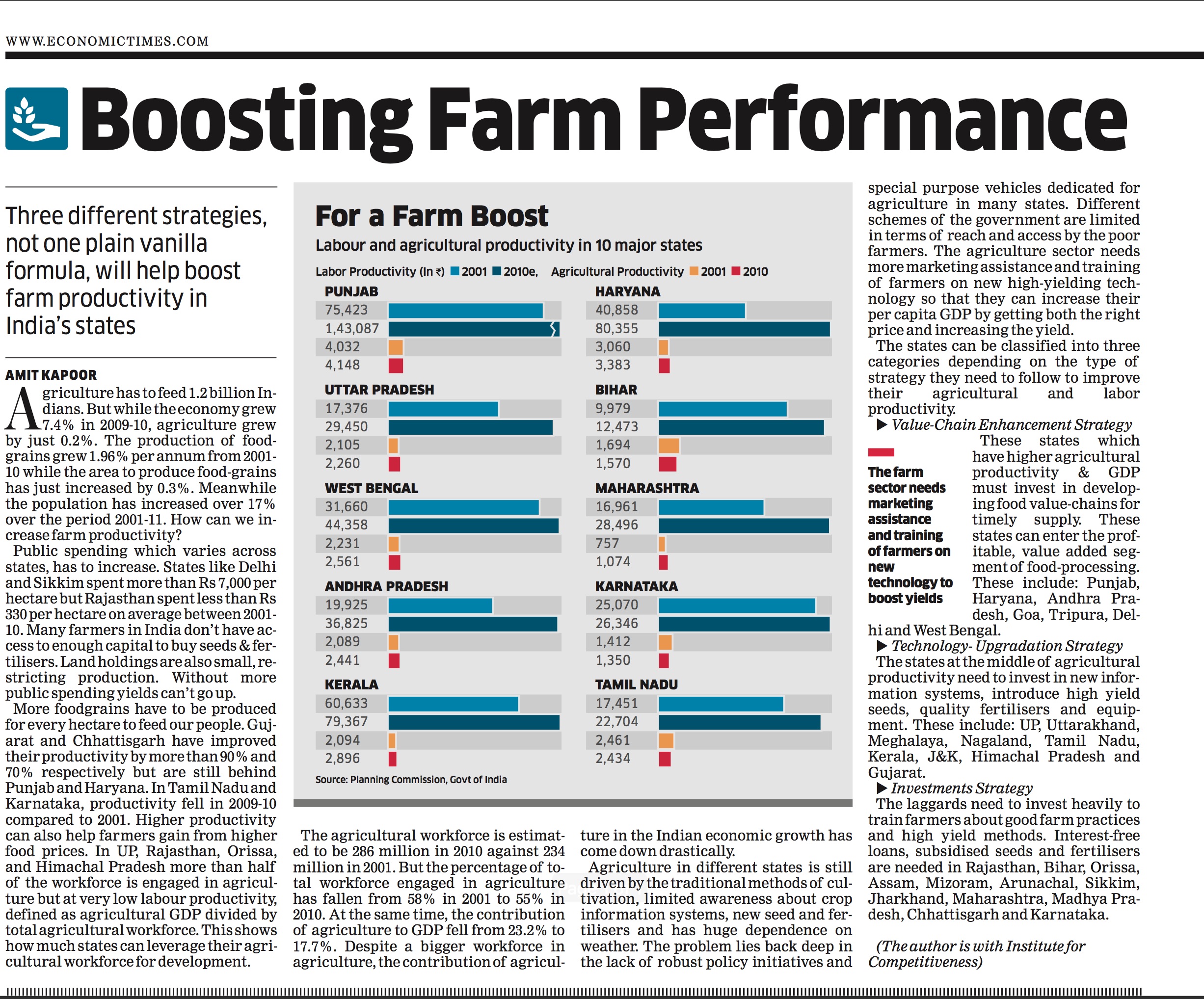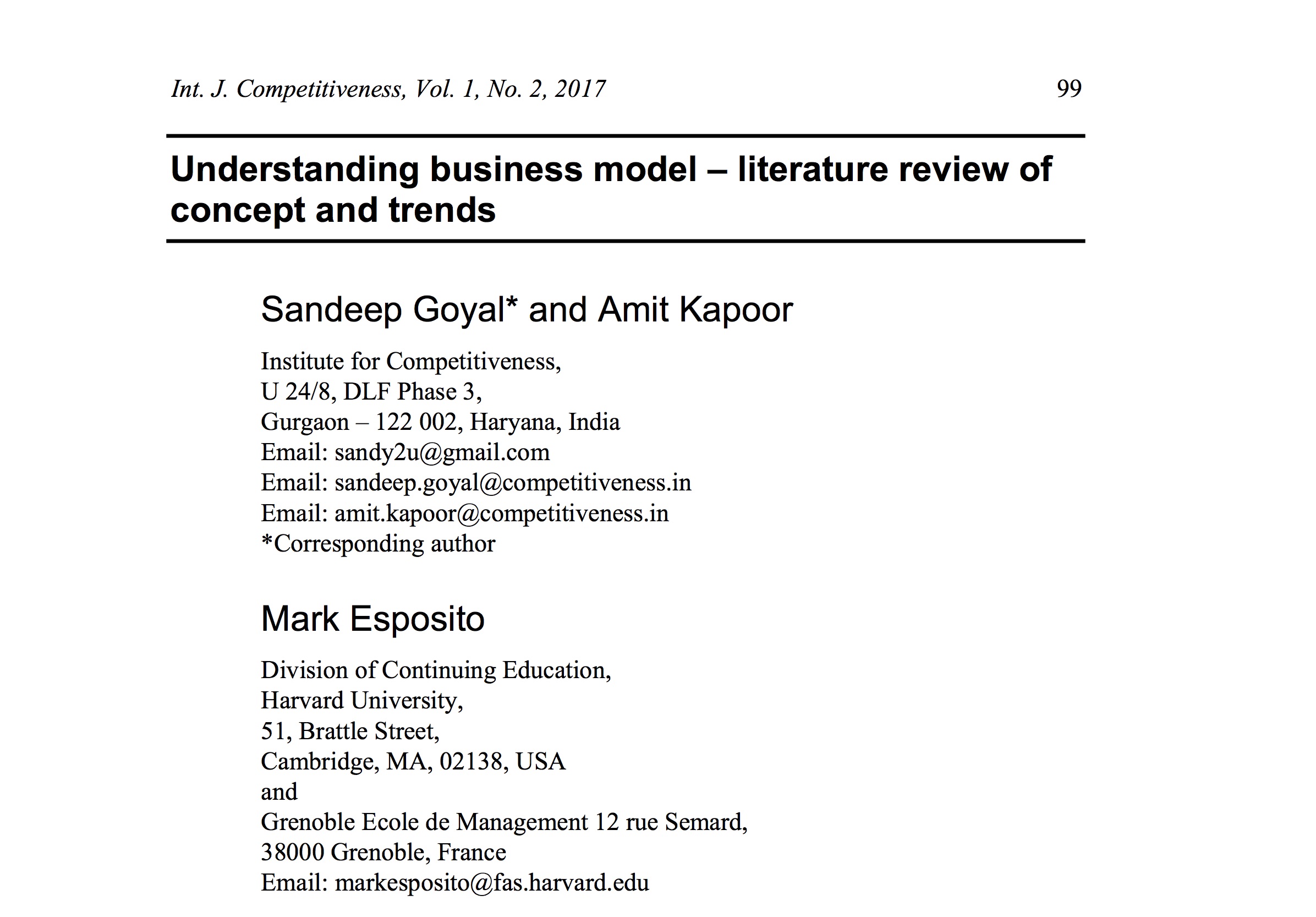Climate Change and Rising Inequality across Countries
The “war on nature must end”, appealed the sixteen-year-old Greta Thunberg as she reached the shores of America last week to speak at an international conference on climate change while the Amazon forests were still burning validating everything she had argued till date. Multiple decisions taken by world leaders such as Brazil’s Bolsonaro in favor of deforestation and the Trump administration advocating for the largest greenhouse gas emitters in the US have further added unprecedented amounts of carbon emissions in the atmosphere.
It is thus evident that a few leaders of the world’s developed countries, while advancing their short-term economic interests, are in denial of the grave environmental concerns faced by the world. Nevertheless, this does not change the palpable impact that the climate crisis has on ecosystems, economies and communities, apparent from the unpredictable weather conditions, changing climate, melting glaciers and rising sea levels. The increased intensity and frequency of floods, drought and storms have also been triggered as a result of the warming temperature. However, the consequences of such environmental degradation are not felt uniformly by all countries.
In a study recently published by Stanford University, it was found that between 1961 and 2010, heavier losses were borne by poor countries with the lowest carbon emissions as compared to wealthy countries with the highest emissions. Moreover, it has been estimated that the ratio between incomes of the richest and the poorest 10 percent of the global population is 25 percent higher than it would have been otherwise.
A similar impact has been observed among local communities within countries who are least responsible for global warming but are directly affected by it. People living in rural parts of developing countries are most vulnerable to the negative effects on agricultural produce, availability of water, industry and human health. The rising inequality among and within countries has resulted in India’s GDP to be 31 percent lesser than it would have been in the absence of climate change. On the other hand, countries like Canada and EU have a GDP that is 32 percent and 9.5 percent higher respectively.
Such findings have furthered the ongoing debate on the division of responsibility among countries for causing and mitigating climate change. Since the development of the now-developed countries has had a major contribution to causing climate change and has muted the growth prospects of the next wave of developing countries, there is an additional onus on them to lead the fight against its adverse effects. Therefore, provided that all countries continue to do their bit to minimize their carbon footprint, the developed countries should also compensate for their negative contributions of the past.
The objective should not only be to provide financial assistance to developing countries, but also to create a global ecosystem that promotes sustainable consumption and production. A comprehensive action plan is thus required to facilitate large scale adoption of green alternatives by transfer of green and clean technologies to low income countries, providing fiscal incentives, strong regulatory support for resource-intensive sectors and increased investment in climate resilient infrastructure. Stricter laws should be passed on trade of goods and services by levying green subsidies and carbon taxes, to endorse establishment of carbon-free markets globally. Green innovation should also be encouraged through investment in research and technology to find global solutions for the climate emergency.
Therefore, cooperation and coordination across global value chains have the capacity to actually reverse climate change by enhancing productivity through innovation-driven production processes. Lastly, since the stance of Bolsonaro and Trump on climate change cannot be expected to change, people should continue doing their bit by adopting a lifestyle of being environmentally conscious, until the developed countries can lead by example.
The article was published with Business World in the issue dated September 14 to September 17, 2019.

